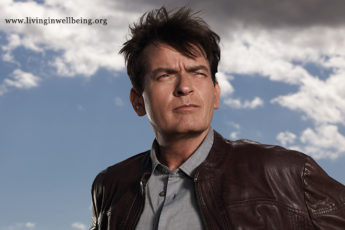
Many clinicians now treat people who stutter using the mind-body-spirit medical philosophy, a model that was being practiced at least three thousand years ago.
Not only the principles and practices of this model are used to treat people who stutter. Such technique also showed effective results with terminally ill cancer patients and catastrophically ill children. Doctors employ visualization, guided imagery, and psychotherapy.
The mind-body-spirit medical philosophy is also known as "alternative medicine"or "holistic medicine"because clinicians look into the totality of the person including his mind and body to understand the dynamics that may induce or cause the illness and not just the symptoms.
The underpinning principle for such technique is that human organisms naturally yearn for balance and wellness in mind, body, and spirit. Such balance and wellness enables the body to function normally without much effort.
Therefore, recently, speech pathologist Carl H. Scott proposed a PWS in treating people who stutter. His model is based mainly from the mind-body-spirit medical philosophy. The technique does not only treat stuttering symptoms but also work the person toward balanced mind, body, and spirit.
Patients should take note of the adverse attitudes that would lead to unsuccessful treatment. The program is designed to encourage patients to develop their own inner guidance and therefore trust the technique. The technique makes patients self-reliant with a continuing source of information and inspiration to realize their goals.
The fundamental principle of this process is the commitment and intimate communication of patients with their higher selves. One clinician defines it as "invisible life force."
A variety of therapeutic techniques is provided through the healing process. Examples of these are regression, gestalt therapy, psychosynthesis, applied kinesiology, EMDR, focusing, visualization, guided imagery, hypnosis, and neurolinguistic programming (NLP).
The first stage is to guide the patients to identify attitudes, feelings, thoughts, beliefs, and behaviour that might lead to unsuccessful healing. On this stage, clinicians are often listeners and absorbers of their patients' seethes before the latter will be willing to throw their old belief system and accept a new perspective.
The second stage of the therapeutic sessions is to begin a healing process. Sometimes, this stage involves an inner child work. Other sessions might include dialoguing or forgiveness. The sessions are designed to dispel negative feelings and thoughts that has been stored over the years. This is because negative energies pose threat to therapeutic progress.
The next stage is designed to create a healthy belief system through indoctrination of new and positive thoughts and feelings. The sessions aim to develop a self-acceptance and love in the patients. The fundamental emphasis on this technique is to embed in patients' belief system that everyone has freedom to think, feel, and behave.
This stage is focused on embedding new beliefs, thoughts, feelings, attitude, and behaviour on an internal level. Such goal is often attained through the use of guided imagery, visualization, and actively living the life outside the therapy environment.
This systematic process of mind-body-spirit model makes a person achieve fluency and eliminating his stuttering.












